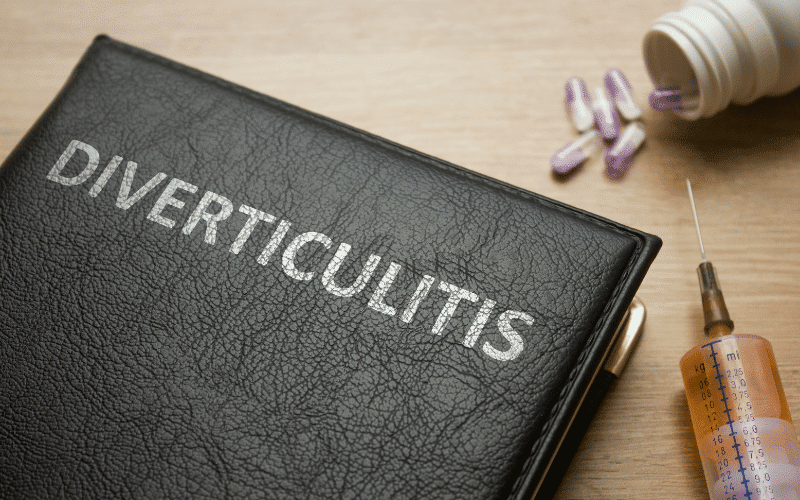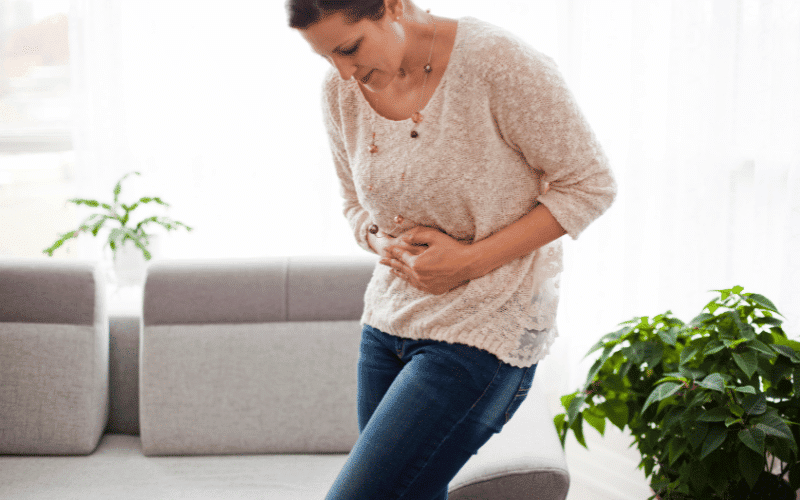Introduction: Understanding Diverticulitis Symptoms and Their Impact on Your Health

Diverticulitis is a common yet often misunderstood condition that affects the digestive system. This inflammatory disorder occurs when small pouches, called diverticula, form in the walls of the colon and become infected or inflamed. Understanding the symptoms of this condition is essential for early detection and effective treatment, as well as for maintaining good overall digestive health. In this article, we will explore 20 diverticulitis symptoms that you should be aware of, with detailed descriptions and explanations for each.
Before diving into the symptoms, it’s important to have a basic understanding of the condition itself. Diverticulitis is a result of diverticulosis, a condition in which small pouches form in the colon’s lining. While diverticulosis is usually harmless, when these pouches become inflamed or infected, it leads to diverticulitis. The severity of symptoms can vary greatly depending on the individual and the extent of the inflammation.
It’s crucial to recognize the signs and symptoms of diverticulitis early on. Early detection can help prevent complications, such as abscesses, perforation, or even life-threatening conditions like sepsis. By being proactive and seeking medical help when necessary, you can take the necessary steps towards maintaining a healthy digestive system and reducing your risk of developing complications.
Now, let’s explore the 20 diverticulitis symptoms that you need to know about, so you can be prepared and take action if you or a loved one experience any of these signs.
Symptom 1. Abdominal Pain: The Distinctive Sign of Diverticulitis

Diverticulitis often first announces itself with abdominal discomfort, particularly on the lower left side. This pain can start as a mild twinge and gradually intensify over several days, becoming a sharp, crippling ache. This isn’t a symptom to brush off as mere digestive discomfort. It’s a distress call from the inflamed diverticula in your intestines, screaming for attention.
The medical world often refers to this pain as ‘diverticulitis pain.’ It doesn’t follow a set pattern, making it a complex symptom to decode. The discomfort might be continuous, or it might come and go. Sometimes, it intensifies during or after meals, and in other cases, it reduces after a bowel movement. What makes it even more challenging is that the location of the pain could shift over time. The one constant, though, is that this pain persists, relentlessly marking the presence of diverticulitis.
This pain is no random occurrence. When diverticula become inflamed or infected, they provoke a response in your body. The body’s immune response to fight off the infection can result in abdominal discomfort. Simultaneously, inflammation tends to increase pressure within the intestines, contributing to the pain.
The intensity of the pain isn’t necessarily a direct indicator of the severity of diverticulitis. A person with severe diverticulitis might experience mild pain, while another with a less severe form might struggle with intense discomfort. This variance underscores the individual nature of the symptom and the importance of not ignoring it, regardless of the pain level.
Abdominal pain, in the context of diverticulitis, isn’t a symptom to self-diagnose or self-treat. While over-the-counter pain relief might offer temporary relief, it could mask the underlying issue, allowing it to progress undetected. The best response to diverticulitis pain is to acknowledge it and seek appropriate medical intervention. (1)